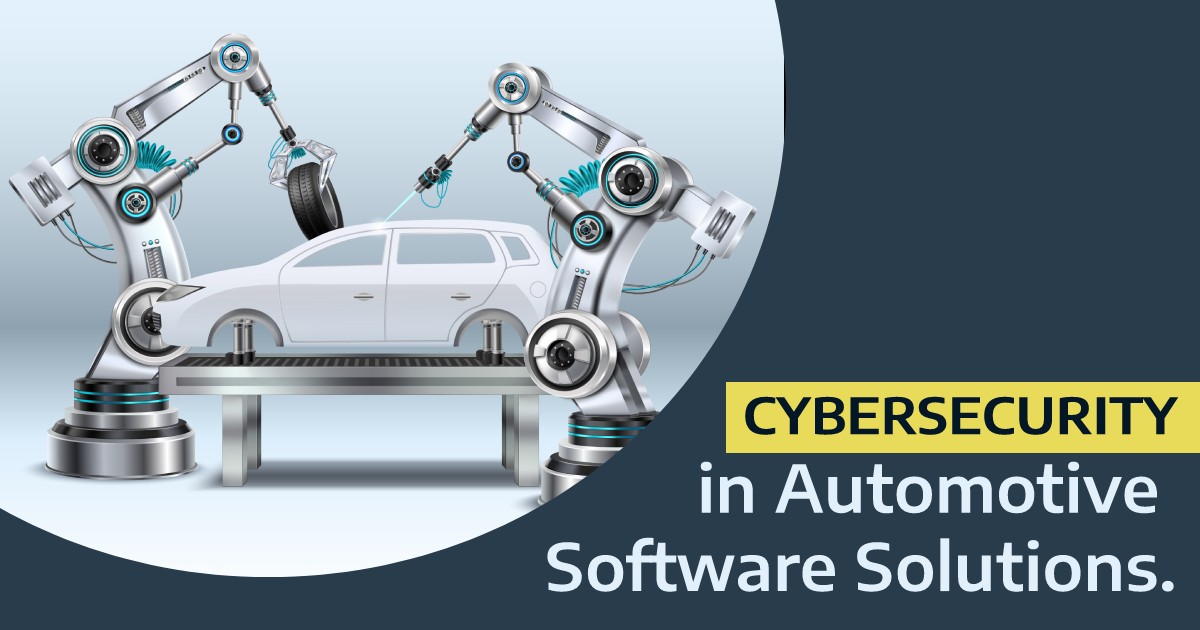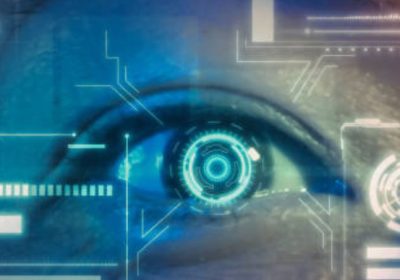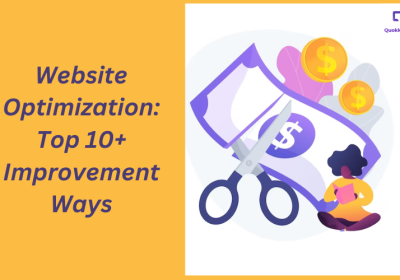
The importance of cybersecurity in automotive software solutions
Automotive software solutions have become increasingly prevalent in recent years as cars become more connected and incorporate more technology. These software solutions allow for features such as driver assistance, infotainment systems, and remote control of vehicle functions.
However, the increased connectivity of vehicles also comes with an increased risk of cyber attacks, which can have serious consequences for both personal data and vehicle safety. Therefore, it is critical to ensure that automotive software solutions are secure and protected against cyber threats.
Cybersecurity threats in the automotive industry
Due to the significant value of data and the potential for physical harm resulting from a successful attack, the automotive industry has become a prime target for cyber attackers. Automotive software solutions can be targeted by various types of cyber attacks, including but not limited to:
Therefore, it is crucial to choose the best automotive software solution provider for better results. A reliable provider can ensure the implementation of robust cybersecurity measures to safeguard against potential cyber threats.
Additionally, regular software updates and patches must be provided to mitigate any vulnerabilities that may arise over time. Investing in a trusted automotive software solution provider can help to safeguard against cybersecurity risks and ensure the safety of both data and human life.
Types of cyber attacks that can target automotive software solutions
Cyber attackers have sophisticated mechanisms to infiltrate automotive software solutions, causing various problems, which include the following:
- Malware attacks: Malware can be introduced into a vehicle’s software through various means, such as through a malicious software update or by exploiting vulnerabilities in the vehicle’s software.
- Denial of service attacks: These attacks aim to overload a vehicle’s systems, causing them to stop working.
- Remote access attacks: Attackers can gain access to a vehicle’s systems remotely, either through a vulnerability in the software or by tricking the user into downloading a malicious application. The vulnerability management process plays a critical role in mitigating the risks associated with remote access attacks.
- Man-in-the-middle attacks: This type of attack intercepts data being transmitted between the vehicle and another device, allowing the attacker to intercept and modify the data.
- Ransomware attacks: Ransomware can be used to encrypt a vehicle’s data, making it unusable until the victim pays a ransom to the attacker.
See Also: What are the elements of cyber security?
Real-life examples of cyber attacks in the automotive industry
There have been several high-profile cyber attacks on the automotive industry in recent years. One notable example is the 2015 Jeep Cherokee hack, in which security researchers were able to remotely take control of a Jeep’s systems, including the steering, brakes, and transmission.
This attack prompted Fiat Chrysler to recall 1.4 million vehicles in order to update the software and prevent similar attacks from occurring in the future.
Another example is the 2019 attack on Norsk Hydro, a global aluminum producer. The attack used ransomware to encrypt the company’s data, causing significant disruption to their operations. While not directly related to automotive software solutions, this attack highlights the potential impact that cyber attacks can have on critical infrastructure and the need for strong cybersecurity measures.
Statista reported that the automotive industry became a top target of cyber criminals, wherein 97 percent of cyber attacks occurred remotely. The rest of the cases happened on-site. On the other hand, Upstream reported that one of the top cyber attack vectors was application servers, followed by remote keyless entry systems and electronic control units. Others include smart mobility application programming interfaces (APIs), mobile applications, infotainment systems, and electric vehicle (EV) charging infrastructure.
Robust cybersecurity measures for the automotive sector are crucial. Automotive manufacturers must invest in more comprehensive, holistic, and foolproof solutions to prevent bad history from repeating itself. This will also help ensure the safety of the future of electric vehicles and other automobiles.
Tripwire commented that stakeholders must adopt new security software. That way, they can enhance their auditing capabilities, protect their data, and leverage new regulations. There must be heightened collaboration to accelerate holistic protection across the automotive industry.
While the road to a cyber-free industry is close to impossible, automotive companies must not let their guard down. A 24/7, 360-degree security protocol must be set in place all year round. Proactive and aggressive measures ensure cyber attackers can’t find any loopholes for infiltration.
Importance of cybersecurity in automotive software solutions
There are several reasons why cybersecurity is crucial in the development and implementation of automotive software solutions:
- Protection of personal data and privacy: Automotive software solutions can collect a wide range of personal data, including location data, driving habits, and user preferences. Ensuring that this data is protected and only accessible to authorized parties is critical for maintaining user trust and privacy.
- Prevention of cyber attacks on the vehicle’s control systems: As mentioned previously, cyber attacks on automotive software can have serious consequences, including loss of control of the vehicle or physical harm to occupants. Robust cybersecurity measures can help prevent these types of attacks and ensure the safety of drivers and passengers.
- Enhancement of vehicle safety and reliability: By implementing secure software solutions, automotive manufacturers can improve the safety and reliability of their vehicles. This includes not only protection against cyber attacks but also the prevention of software malfunctions that can lead to accidents or other safety issues.
Best practices for ensuring cybersecurity in automotive software solutions
There are several best practices that can help ensure the cybersecurity of automotive software solutions:
- Encryption and authentication of data: All data transmitted to and from the vehicle should be encrypted and authenticated to ensure that it is only accessible to authorized parties.
- Regular software updates and patches: Regular updates and patches can help address vulnerabilities in the software and prevent potential attacks.
- Implementation of firewalls and intrusion detection systems.
Conclusion
In conclusion, cybersecurity is of utmost importance in the automotive industry. The increasing number of cyber attacks on automotive software poses a threat to personal data and privacy, vehicle control systems, and overall vehicle safety and reliability.
To ensure cybersecurity in automotive software solutions, best practices such as encryption and authentication of data, regular software updates and patches, and implementation of firewalls and intrusion detection systems should be followed. It is crucial for individuals and businesses in the automotive industry to prioritize cybersecurity to protect themselves and their customers from potential cyber attacks.






